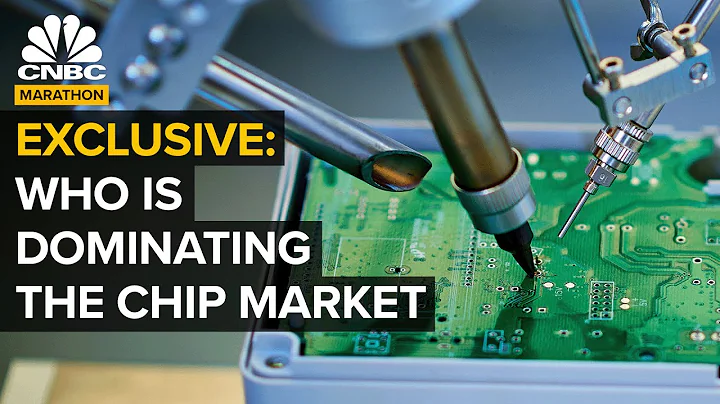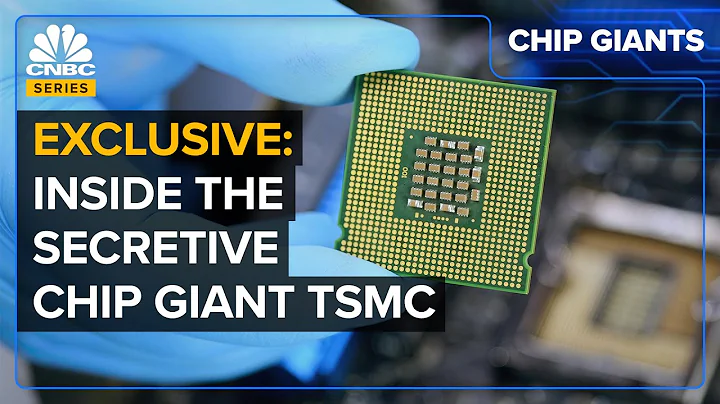article is reprinted from "Xinjisu"

▍ cuts orders, cuts orders, cuts orders, semiconductor is really going to "change"?
TSMC was suddenly hit by a storm of cut orders for 20,000 pieces: Apple /AMD/NVIDIA Are the three major investors withered? !
According to reports, TSMC rarely has three major customers adjust orders . Currently, mass production of Apple's iPhone 14 series has started, but the target of shipping the first batch of 90 million units has been reduced by 10%. In addition, AMD and Nvidia told TSMC that they had to adjust their order planning due to the sharp decline in demand for personal computers and the subsidence of the "mining" craze.
Nikkei reported last month that Samsung Electronics, the world's largest memory chip maker , was temporarily halting new purchase orders and asking some suppliers to delay or cut parts shipments for several weeks to curb excess inventory.
Micron Chief Commercial Officer Sumit Sadana said: "I think this shift is definitely greater than anyone expected, and these changes are affecting the entire ecosystem of the chip industry."
In addition, in countries including the United States, Inflation is at its highest levels in years in many countries, raising the risk of a recession and leading to layoffs and tight budgets.

▍ Consumer electronics chip prices fell and volume decreased
Terminal consumer electronics demand has begun to cool down since the second quarter. Under the impact of high inventory and low demand from downstream manufacturers, news of price declines and volume decreases has been reported in many upstream links in recent months. According to the "Science and Technology Innovation Board Daily":
Taiwan Economic Daily reported today (1st) that MCU has become another key chip facing pressure to cut orders and reduce prices after the market situation of driver ICs, some power management ICs and CIS reversed, especially Consumer applications locked by Taiwanese manufacturers have the greatest price pressure;
According to Digitimes, industry sources said that demand for personal computers and consumer electronics is still sluggish, with no signs of seasonal recovery, and the spot prices of DRAM and NAND flash memory chips have increased from 6 It has begun to fall rapidly since late March, and the spot price of memory chip has not yet bottomed out, and price fluctuations may continue until the fourth quarter of this year;
consumer electronics MOSFETs are facing high inventory pressure. It is reported in the industry that the inventory level of small signal and general-purpose MOSFET There are many who fall below the 3-4 month level. ODM and chip manufacturers have reached the first wave of price reduction agreements.
It is worth noting that the downstream demand of the semiconductor industry will maintain structural growth in the first half of 2022. New energy vehicles and data center businesses are expected to take over from consumer electronics products and become the profit growth point in the new round of technological revolution.
▍ MCU chips are experiencing a wave of order cuts and price reductions, and the semiconductor market is rapidly fading!
"Science and Technology Innovation Board Daily" news, according to Taiwan Economic Daily report, semiconductor chip price reduction storm has expanded. Due to rising downstream inventories, MCUs, which were previously relatively priced and in short supply, began to experience an avalanche of quotations. Consumer applications targeted by Taiwanese manufacturers were under the greatest price pressure, and there was even news that the prices of products from the world's top five MCU manufacturers were cut in half. Among them, MCUs used in consumer electronics have the greatest price pressure.
MCU has become another key chip that faces pressure to cut orders and reduce prices after driver ICs, some power management ICs and CIS image sensors. The order cuts and price cuts of the MCU chip also revealed the current situation of the semiconductor market's rapid retreat and sluggish prosperity. After repeated orders from clients for chips that were originally in short supply, demand has been lower than expected due to recent pressures such as inflation, war, and interest rate hikes. Therefore, began to slash inventory and cut prices to clear out .
When the core shortage wave swept the world, MCU chips were once very popular. According to ICinsights data, the global MCU market size will reach US$19.6 billion in 2021. CITIC Securities has also predicted that global MCU market sales will reach US$27.2 billion in 2026, and the CAGR in the next five years is expected to be 6.7%.
However, recent news has spread that the quotations of STMicroelectronics , Infineon , Texas Instruments and other MCU manufacturers have seriously declined. According to Taiwanese media reports, STMicroelectronics’ general-purpose MCU price has been reduced from 70 yuan in March to 32 yuan. Due to changes in the global market, coupled with the interference of factors such as inflation, interest rate hikes, , and cooling terminal demand, the inventory of downstream customers is currently increasing.
It is worth noting that the prices of automotive and industrial control MCUs are still firm. This wave of inventory adjustments mainly affects the prices of MCUs used in consumer electronics.
From a structural point of view, the share of automotive MCUs is concentrated among foreign manufacturers , such as STMicroelectronics, NXP, Infineon, etc. However, the domestic MCU market is dominated by consumer electronics .
Data show that domestic MCU manufacturers mainly include:

Sourced from CITIC Securities Research Report
Domestic manufacturers in the MCU sector are currently in the catching-up stage, and the automotive market has initially begun to penetrate. However, the MCU industry is highly concentrated, and most of the mid-to-high-end markets are monopolized by large foreign manufacturers. From the perspective of automotive grade development, GigaDevice , Chipsea Technology, Jiefa Technology, Jihai Semiconductor, Hangshun Chip, Xinwang Micro, Huada Semiconductor , etc. are relatively ahead, but they are still ahead of the competition with foreign manufacturers. There is a significant difference.





















